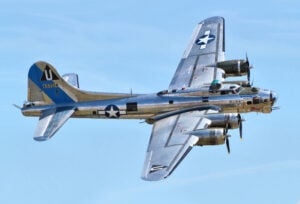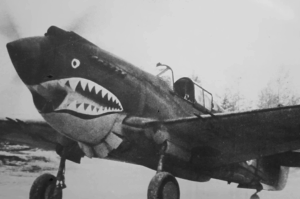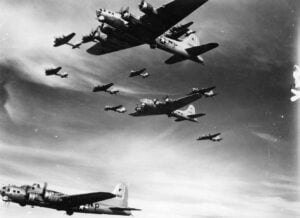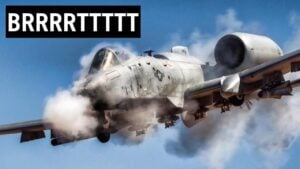How the F8F Bearcat Became the Fighter That Could Out-Climb Anything
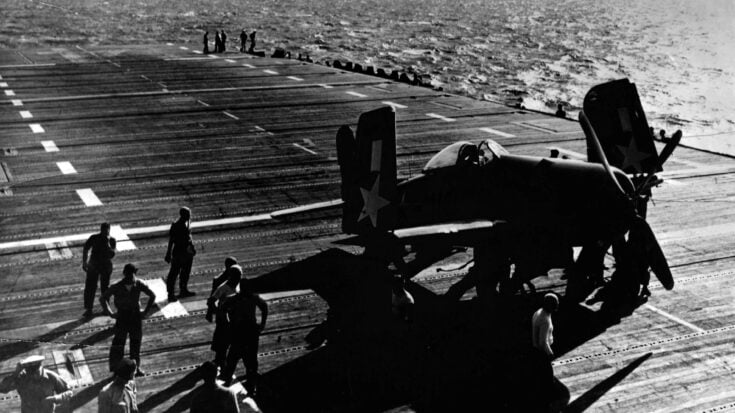
U.S. Navy, Public domain, via Wikimedia Commons
Inspiration from an Enemy Aircraft
The story of the Grumman F8F Bearcat begins not in the skies above the Pacific, nor in a design room in New York, but with a captured German aircraft thousands of miles away. In 1943, US Navy test pilots evaluated a seized Focke-Wulf Fw 190. The aircraft immediately impressed them. It climbed quickly, responded instantly to control inputs, and felt light and precise. Compared to the Navy’s heavier fighters, it seemed almost surgical, a machine built purely for performance.
Returning to the Grumman factory, the pilots had a clear message: design a fighter that could surpass this German aircraft. Engineers chose to start fresh rather than refine existing designs. They aimed for a plane that combined the most powerful engine available with the lightest possible airframe. The goal was simple: maximum power, minimum weight. They selected the Pratt & Whitney R-2800 radial engine and built the smallest, most efficient fighter they could around it. Every unnecessary component was removed, and structural adjustments reduced wingspan while keeping strength. The result was an aircraft that appeared almost too powerful for its own frame.

Testing the Prototype
When the first prototype took to the air, its performance stunned observers. The Bearcat lifted off the runway in an astonishingly short distance. Its climb rate was extraordinary, reaching altitudes in seconds that other fighters would take a minute to achieve. Pilots described the aircraft as feeling like it anticipated their intentions. The roll rate was faster than any US fighter before, acceleration was instant, and responsiveness unmatched. For the Navy, this meant a new type of carrier defense fighter: one capable of launching quickly, climbing rapidly, and intercepting threats before they could reach the fleet.
Unlike the Hellcat or Corsair, the Bearcat was not an evolution but a fresh concept. Its compact, muscular design and four-blade propeller promised a vertical performance previously unseen in Navy aircraft. Test pilots quickly recognized that it could dominate any conventional threat in the skies, making it ideal for protecting carriers from incoming attacks.
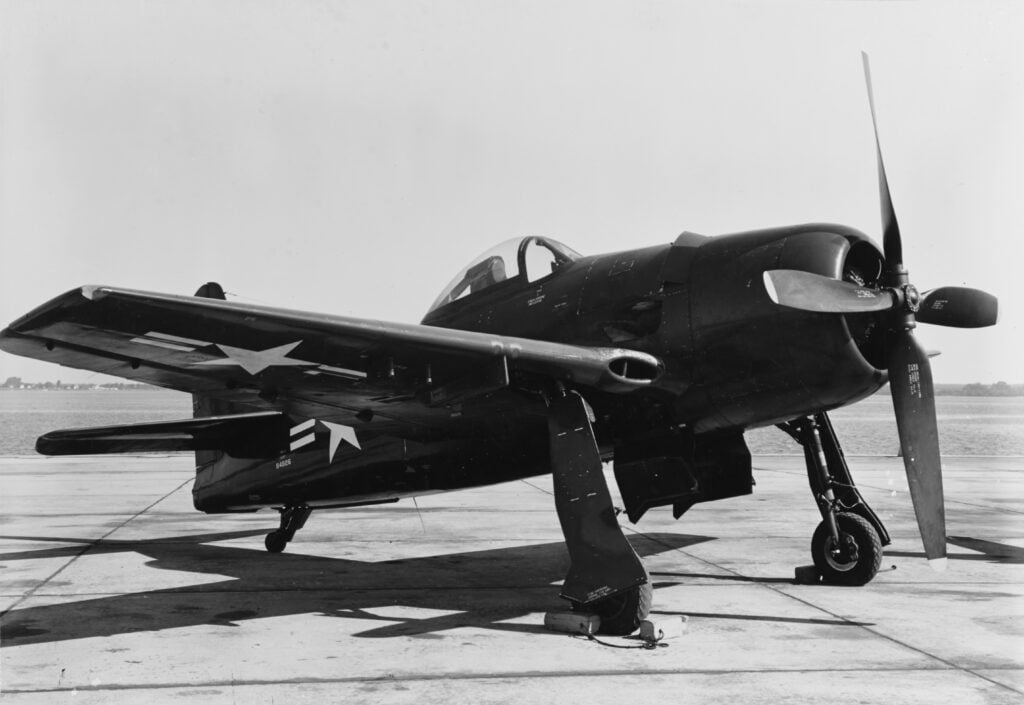
Arrival Too Late for Combat
By late 1944, the Bearcat was ready for active service. Pilots trained intensely, squadrons adjusted to the new fighter, and carriers made space for the arrival of the aircraft. However, a significant problem had emerged: the war was coming to an end. By mid-1945, the Bearcat had reached combat squadrons, and pilots immediately appreciated its abilities. Some even referred to it as the “hot rod” of the Navy. It climbed faster than the P-51 Mustang, turned more sharply than the Hellcat, and rolled more quickly than the Corsair.
The Bearcat was positioned for some of the final and most demanding operations planned in the Pacific. It was intended to intercept kamikaze attacks, maintain control over fleet airspace, and provide cover for advancing forces. Yet before these operations began, Japan surrendered. The Bearcat arrived too late to see combat, but it had proven itself during testing and training as an exceptional fighter capable of extreme performance.
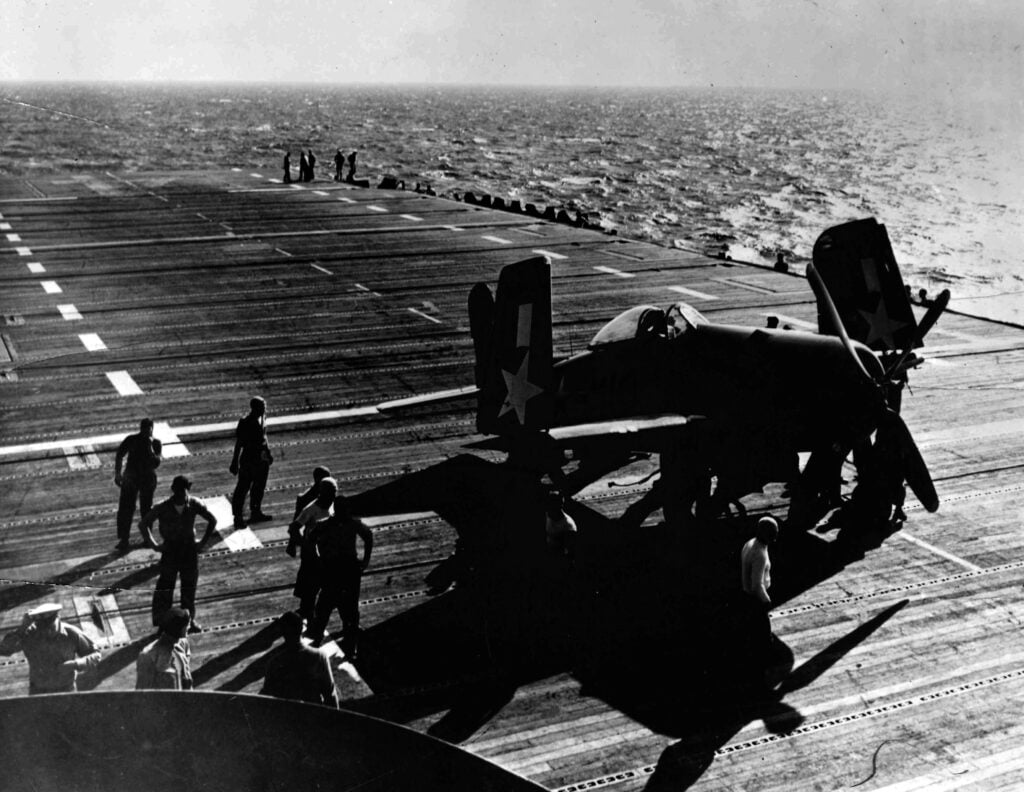
Post-War Legacy and Records
After the war, the Bearcat found a new role in advanced training. Pilots used it to practice aggressive maneuvers, carrier landings, and combat exercises. Its high performance made it ideal for developing naval aviation skills. Pilots described flying it as like controlling a controlled explosion, with every mistake immediately felt and every precise movement rewarded.
Beyond military use, the Bearcat became a prominent air racing aircraft. Mechanics modified planes to push their performance past factory limits, setting climb and speed records previously reserved for early jets. One Bearcat, named Rare Bear, achieved over 520 mph, becoming the fastest piston-powered aircraft in the world—a record it still holds. Despite never seeing wartime combat, the F8F Bearcat remains one of the finest interceptors of the piston-engine era, an engineering achievement that arrived at the very moment aviation was shifting into jets. Today, a small number of Bearcats still fly, and pilots who experience them agree: it is a fighter built to climb faster, maneuver sharper, and respond quicker than almost anything else ever made.













